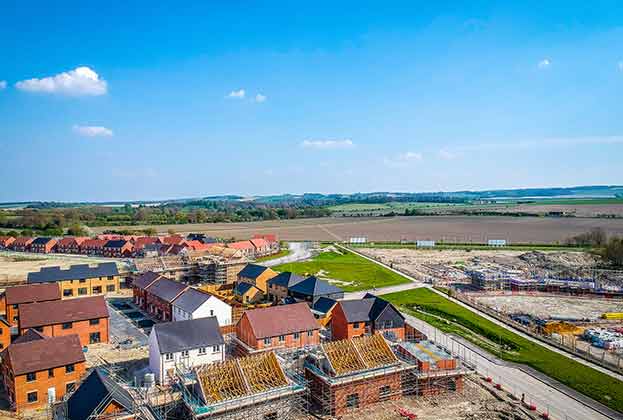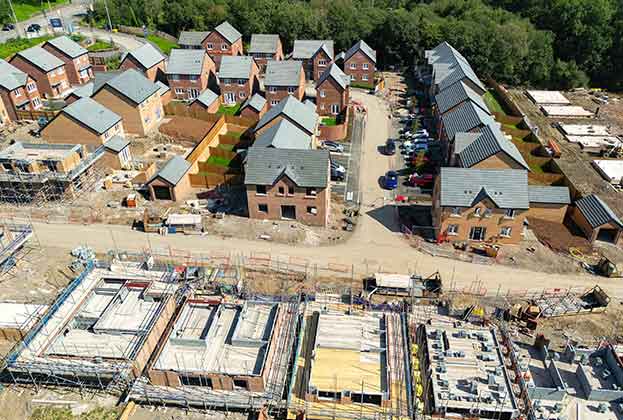From dreaming spires to Silicon Fen by way of a herd of concrete cows, the arc of land between Oxford and Cambridge has long been touted as the area with the greatest growth potential outside London.
It’s one of the most dynamic and innovative places in Europe with a unique agglomeration of assets and activity including globally renowned ideas engines and the UK’s fastest growing city, Milton Keynes, which boasts productivity almost 45 per cent higher than the national average beyond the capital.
If present ambitions are fulfilled, by 2050 today’s population of 3.7 million will have grown by a further two million and there will be at least another million jobs to add to the more than two million that currently exist.
Clearly, the arc has major strengths on which it can build but the fact that it has yet to really accelerate highlights the challenges that must be overcome, not least in terms of connectivity and infrastructure.
So far, commuting between the key urban areas is almost non-existent. There is no train line across the corridor and the road network is disjointed. Direct public transport from Oxford to Cambridge is limited to a coach service which takes an hour and 50 minutes to Milton Keynes at peak times and a further hour and 40 minutes eastwards.
And there’s no quick fix. The final route for road and rail links is yet to be confirmed (the autumn 2019 consultation on the Oxford to Cambridge Expressway has been postponed until the spring) and construction is not projected to start until the mid-2020s.
Nevertheless, the new east-west transport connections provide the opportunity to tackle another risk to the arc’s success – the shortage of housing – through strategic planning for major residential development, including new settlements. But there is as yet no joined up planning approach for the corridor. The area that we examine in our new report, The Oxford-Cambridge Innovation Arc, covers 26 district and unitary authorities, four county councils, and one combined authority. Although strategic planning is emerging, this is still at a city region level rather than across the area as a whole.
Ultimately, localism will need to be combined with an overarching vision for the future which brings together infrastructure delivery, economic growth and the development of vital new housing.
Further information
Read more: The Oxford-Cambridge Innovation Arc
.jpg)



.jpg)


.jpg)

.jpg)
